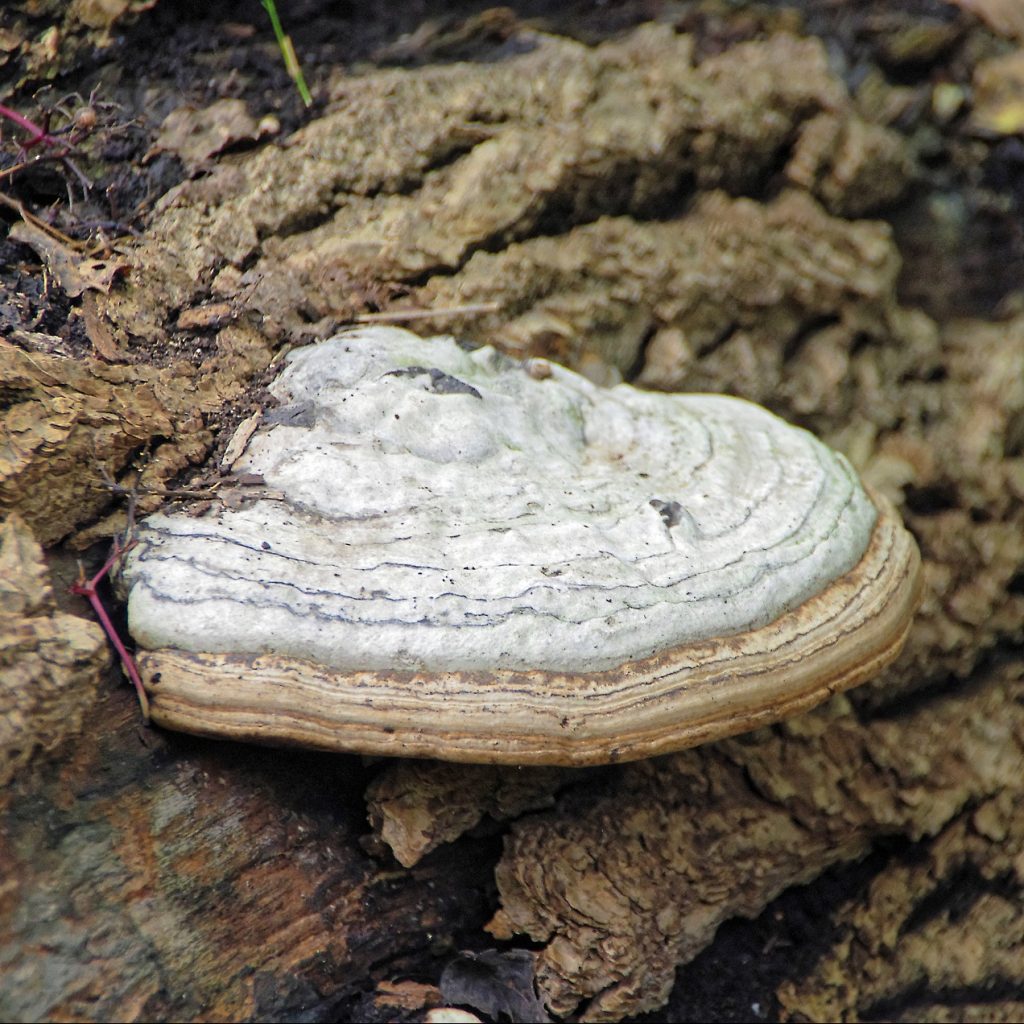Chaga: The Fungi You Want to Have a Cup of Tea With
Chaga, scientifically known as Inonotus obliquus, is a fungi that grows on birch trees in cold regions. This unique fungi has a long history of use in traditional medicine in Siberia, Asia, and parts of Europe. But today, Chaga is gaining more popularity as a superfood with a wide range of health benefits.
Appearance:
Chaga looks like a large burnt lump on the side of a birch tree, with a dark and rough exterior. But inside, it’s a different story. The interior of the fungus is a bright orange-yellow color with a cork-like texture.
Nutritional value:
Chaga is packed with antioxidants, including triterpenoids, which are rare in other foods. It’s also a good source of fiber, polysaccharides, and various minerals, such as zinc, copper, and iron.
Health benefits:
Chaga has a long list of potential health benefits. It’s said to boost the immune system, reduce inflammation, fight cancer, and lower cholesterol and blood sugar levels. Chaga also contains compounds that are believed to slow down the aging process and promote healthy skin.
Culinary use:
While some people enjoy Chaga as a tea, others add it to smoothies, soups, and even desserts. It has a slightly bitter, earthy taste with a hint of vanilla. So, if you want to switch up your tea game, give Chaga a try.
Conclusion:
Overall, Chaga is a fascinating and highly beneficial fungi that has been used for centuries in traditional medicine. So, why not give it a chance and try incorporating it into your diet? Who knows, it might just become your new favorite superfood.
External links:
